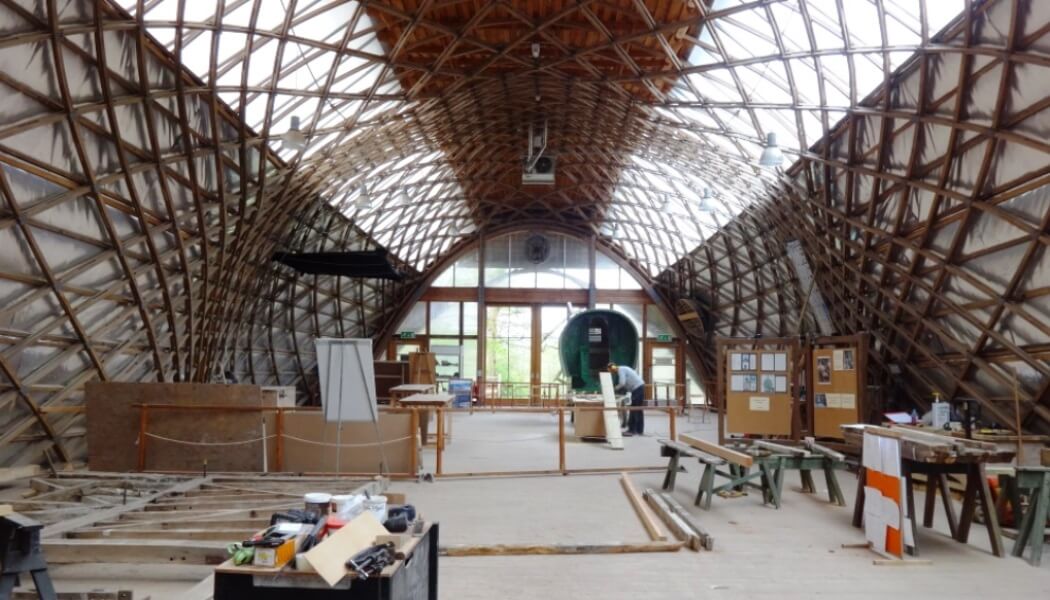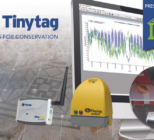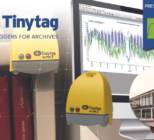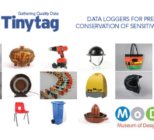Considering the scale of the building, its unusual design and accessibility factors, the Tinytag Radio System provided an ideal solution: environmental data is collected automatically from the required monitoring areas and presented for direct viewing at a central computer.
The Requirement
The Weald & Downland Living Museum near Chichester, West Sussex is home to 50 rescued traditional rural buildings set in a beautiful landscape, and tells the stories of the people who lived and worked in them over a 950 year period. The Museum holds a comprehensive range of artefacts – estimated at some 15,000 pieces – which cover a diverse range of subject matter, including building parts and trades tools; agriculture and land management; transport and vehicles and many other rural trades and crafts. Earlier this year it opened its new Gateway Project, which includes a £4m HLF grant, will include a new waterside restaurant, retail areas, high-tech visitor galleries, plus a community space.
Its collection is housed in the lower level of the award-winning Downland Gridshell building, the first timber gridshell to be constructed in the UK. The collection is located in one end of the lower level, while the other end is home to offices and an archive store. The upper level is used as a conservation workshop, training and exhibition space.
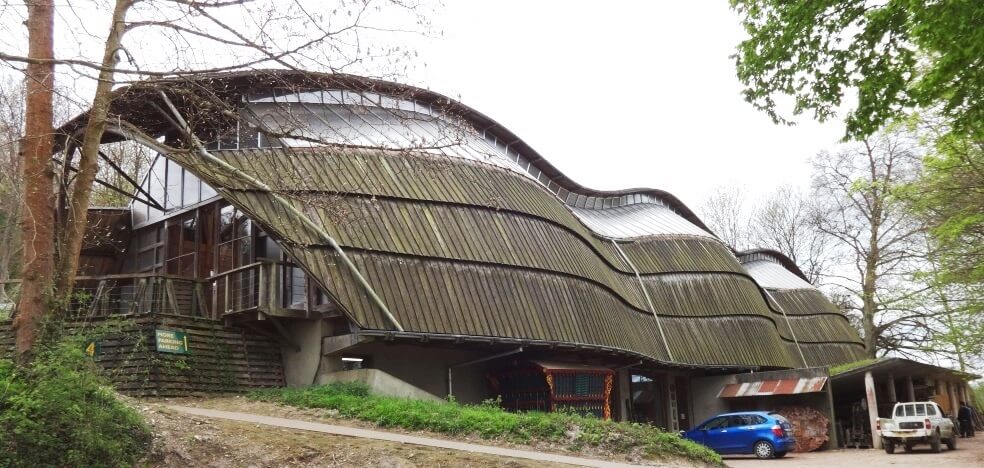
The collections area has a limited through flow of air, and this coupled with the building’s wooden structure, means that humidity levels can lead to problems including mould growth. In the winter the under floor heating can reduce the impact, but in the summer it can become an issue. Curator Julian Bell needed accurate information about the environmental conditions throughout the building in order to take informed steps to protect the items in storage and on display. Temperature and relative humidity monitoring was needed on both levels of the Gridshell including in the small archive store within the office area.
“The museum previously purchased other commercially available data loggers and found the peculiar nature of our museum store, exhibition space and data system meant they just wouldn’t work,” he says. “The Tinytag temperature/humidity loggers now installed throughout the building all work very successfully, with no fuss and produce clear, easy to read results.”
The Tinytag Radio System
The Tinytag Radio System gathers temp/RH data automatically using wireless communications and is one of the most versatile and easy to use systems of its kind. It consists of a receiver connected to a computer or LAN, and a number of radio loggers which self-configure to form a robust mesh network. The loggers work together to send temp/RH information via the receiver for viewing on a PC, across a LAN, or remotely across the internet. Data is viewed and the loggers set up initially in Tinytag Explorer, an easy to use Windows program. There is no need to individually configure, or manually access each device to view the data, making it ideal for applications with multiple monitoring points.
Direct access to the data is therefore available from the convenience of the user’s own desk and alarm warnings can be sent when the value being monitored goes out of a user-defined limit.
The Solution
Due to the Gridshell building’s size, and the fact there is no internal access from one floor to the other, Gemini Data Loggers, manufacturers of the Tinytag range, recommended its Radio System. Two Ultra Radio data loggers, which are designed for discreet indoor use, are located on the upper level, two in the lower level collections area, and one in the archive store. The receiver is located in the office near the PC running the Tinytag Explorer software.
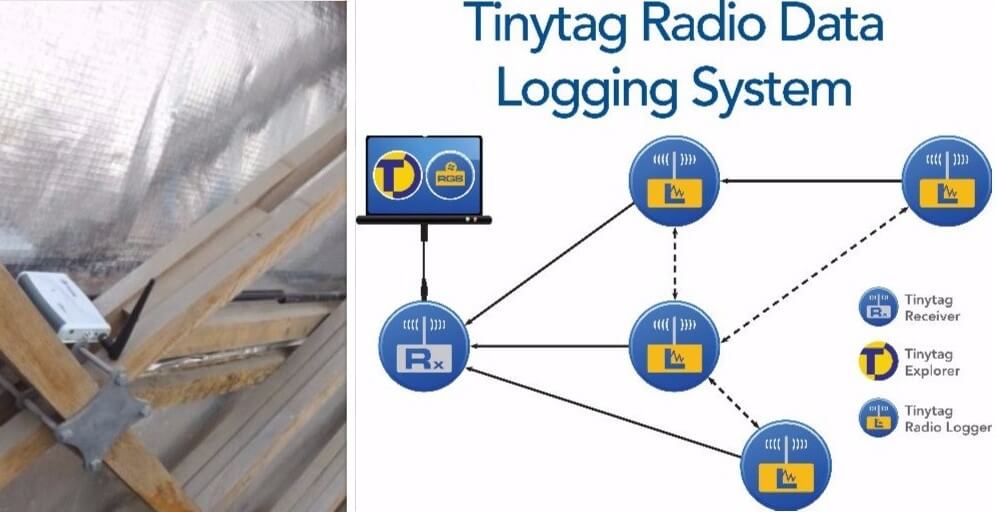
Cathy Clark from Gemini Data Loggers says that the Radio System is an effective solution for a building of this type. “The layout makes manually downloading individual data loggers time consuming and inconvenient – with data sent via wireless communications for direct viewing by the curatorial team, conditions can be monitored easily and constantly, and appropriate action taken promptly if required.”
Five minute videos are available on Gemini Data Loggers’ website illustrating how the Radio System and standalone data loggers work.


